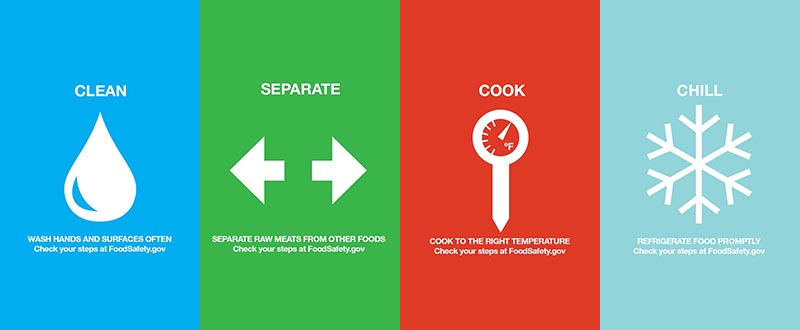Drexel: Many Philly Kitchens Don’t Meet Sanitation Standards

When you go out to eat at a restaurant, you have the assurance that the Health Department checks in regularly on the sanitation standard of the eatery. Such a thing provides reassurance and comfort. What about your own kitchen, however? Most of us keep our homes pretty clean, but could out cooking spaces pass the same muster that we hold restaurant kitchens to? A Drexel University study says that the answer is no.

A Drexel University study found food safety and sanitation issues in a study of Philadelphia home kitchens.
Researchers from the school visited 100 random homes in the City of Brotherly Love and checked out the kitchens. What they found was astounding: most had conditions that, under restaurant standards, would be considered “critical code violations.” These include evidence of pest infestation and not storing raw meats correctly. Furthermore, a full half of the kitchens contained evidence of foodborne disease-causing organisms. An alarming fifteen percent of the kitchens contained E. coli or listeria, either of which can be deadly.
Jennifer Quinlan, PhD, associate professor in the Drexel’s College of Nursing and Health Professions, worked with Patricia Borrusso, a former graduate student in Drexel’s College of Arts and Sciences on the study, which was published this month in Food Protection Trends and the Journal of Food Protection. “There’s actually not a lot of funding available to look at consumer issues and food safety,” Quinlan explained in the article. “In fact, the USDA program that funded this research was discontinued a few years ago.”
The Drexel team performed a “visual audit” of the kitchens using a checklist utilized by health inspectors maintaining restaurant kitchens. One big problem, seen in 97 percent of all homes, had raw meat stored above “ready to eat” foot where the meat juices could drip down and contaminate the other products. Another common point of failure? Refrigerators set above the safety minimum of 41 degrees F.
Dishcloths and sponges were found to be major sources of germs, as well as the area around the kitchen sink.
The conclusion of the study was that more education about food safety and kitchen sanitation is needed.
“We need to identify and use more innovative and modern technology to educate consumers about these issues at the time when they would be receptive to that information,” Quinlan said. “For example, if I am searching for a recipe for chicken, have something appear with safe handling techniques for chicken.”



